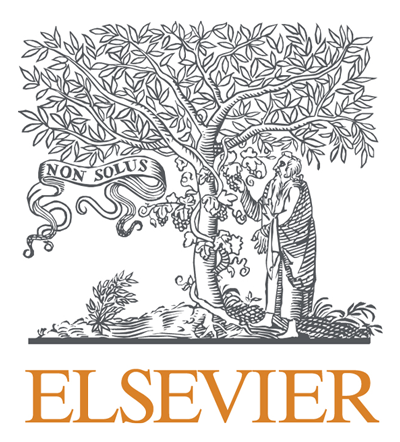Applying Uncertainty Analysis to Assess Stability of an HAB Vulnerability Index
Topics:
Keywords: uncertainty analysis, vulnerability index, harmful algal blooms, policy recommendations
Abstract Type: Virtual Paper Abstract
Authors:
Rui Zhang,
,
,
,
,
,
,
,
,
,
Abstract
Harmful algal blooms (HABs) are not a new problem, but they have increased significantly in Lake Erie in the past decades. The blooms affect not only human health and aquatic ecosystems, but also local economy along the lakeshore. The effects can vary across communities in Lake Erie Basin due to local socioeconomic status and dependence on lake resources. Therefore, it is important to identify HAB-vulnerable populations and regions in order to adjust regional governance strategies and allocate resources of government support. This research introduces a 5-theme spatial HAB vulnerability index (HAB-VI) to cover socioeconomic, resource dependence, and spatial factors that affect vulnerability to HAB events, and applies it to evaluate vulnerabilities of 50 counties in Lake Erie Basin. Uncertainty analysis is an essential step to assess robustness of this multi-factor hierarchical model, as well as stability of the calculated indices. This research conducts a Monte Carlo based uncertainty analysis, and visualizes the statistical results of the simulation runs to indicate variability and reliability of the HAB-VI rankings. A comparison between 3 thematic maps of the generated HAB-VI rankings, local governance strength, and nonpoint nutrient loads provides insights in categorizing the regions into different levels of demanding government supports and regulations. More importantly, the uncertainty analysis provides flexibility to take governance actions preferentially through evaluating the confidence of index ranking results of different regions.
Applying Uncertainty Analysis to Assess Stability of an HAB Vulnerability Index
Category
Virtual Paper Abstract








